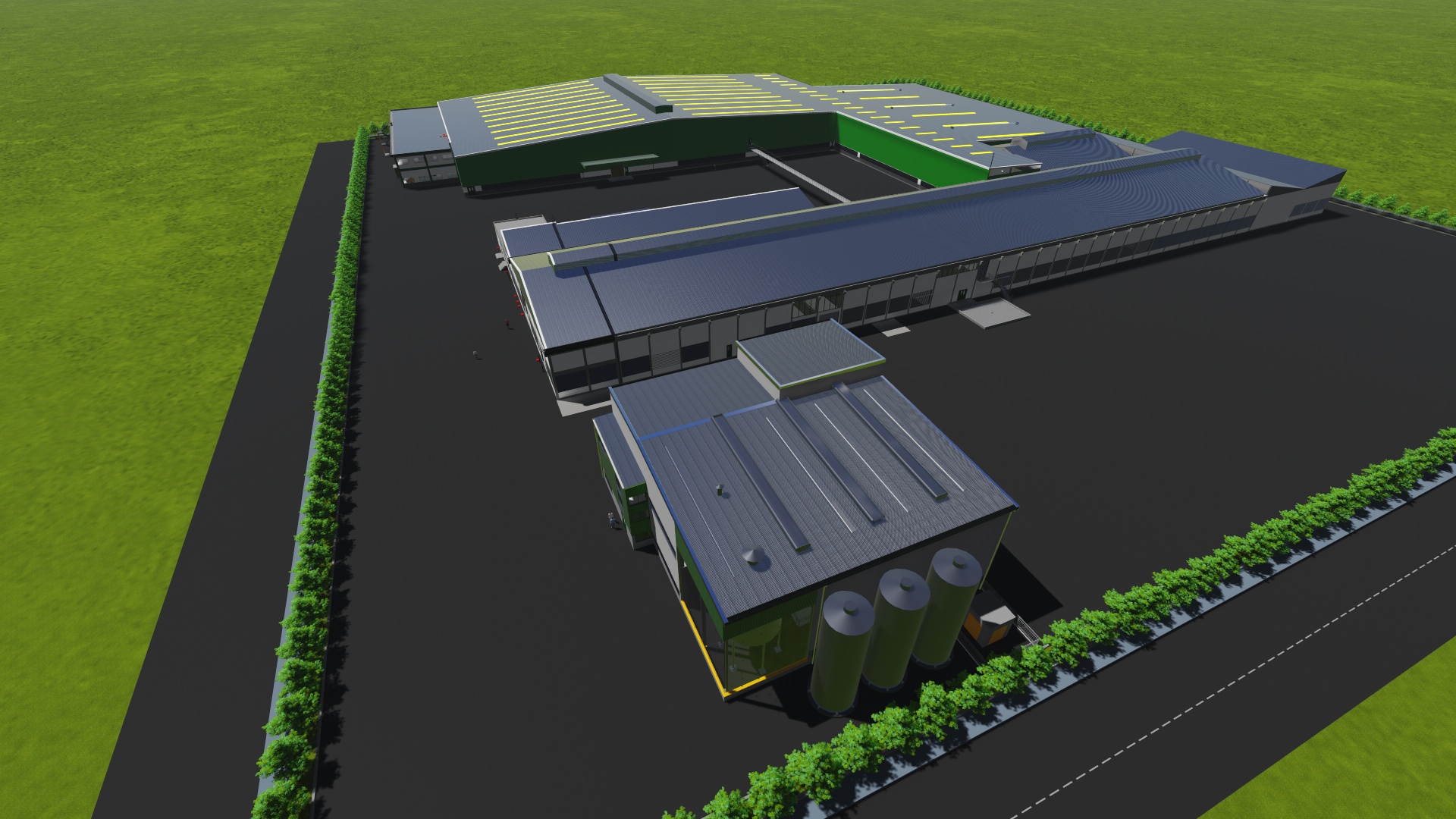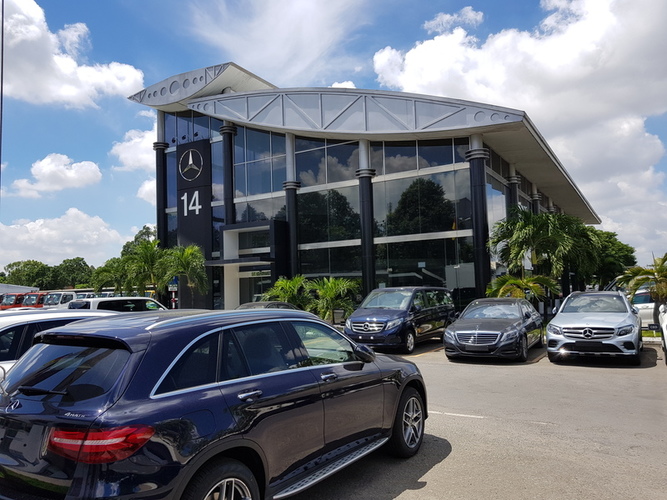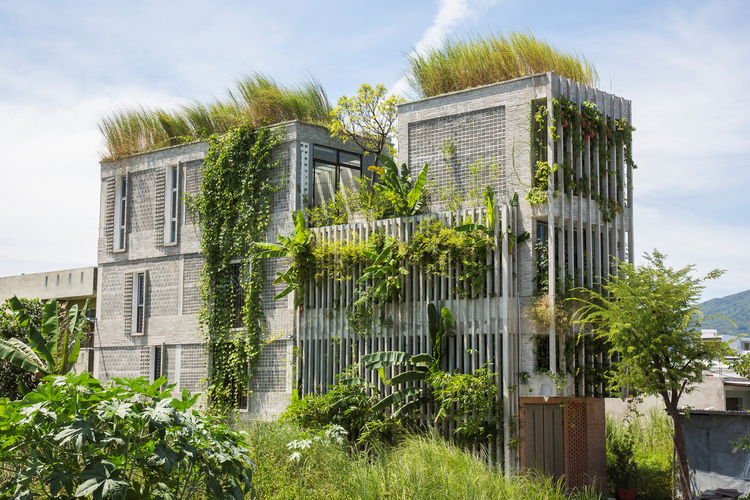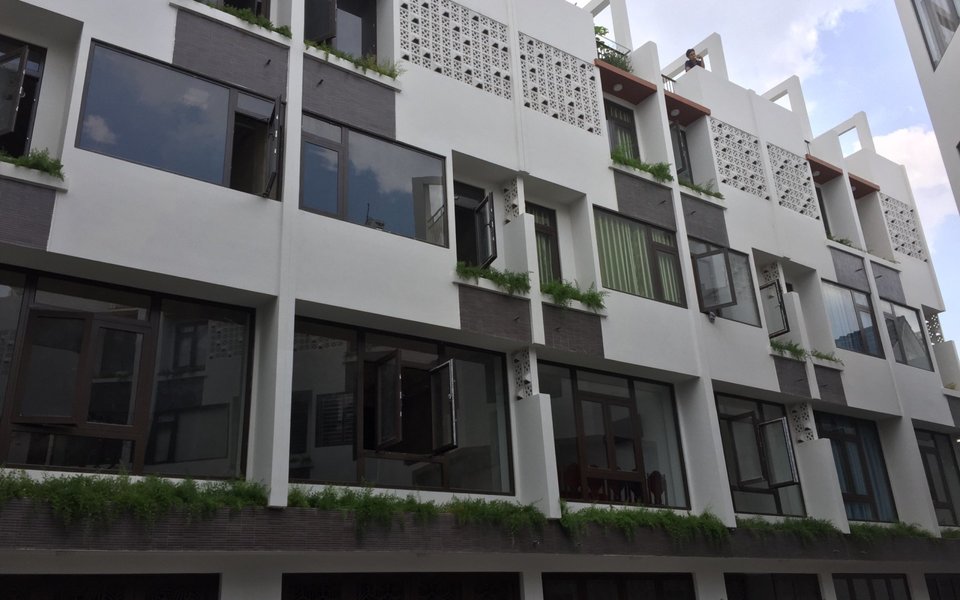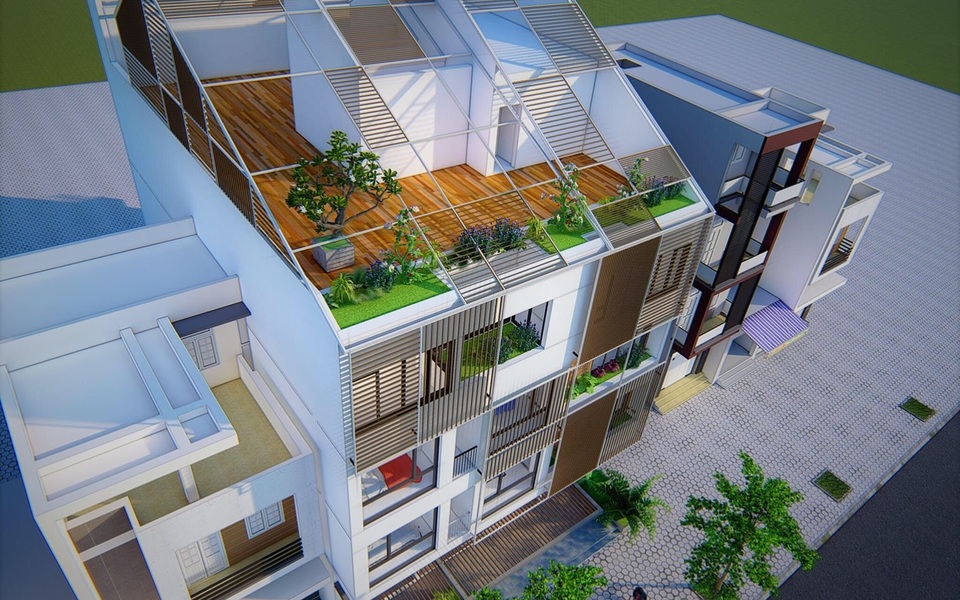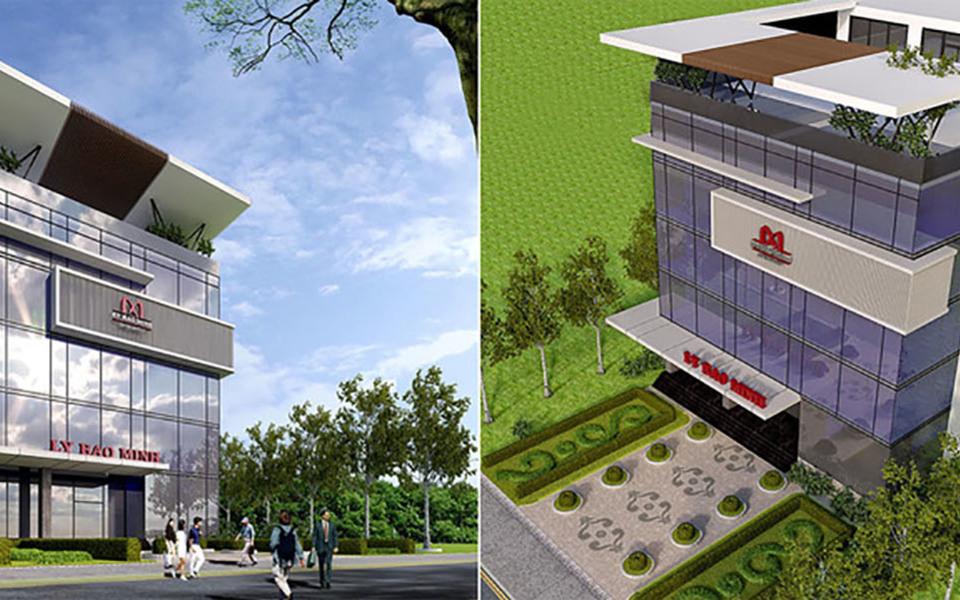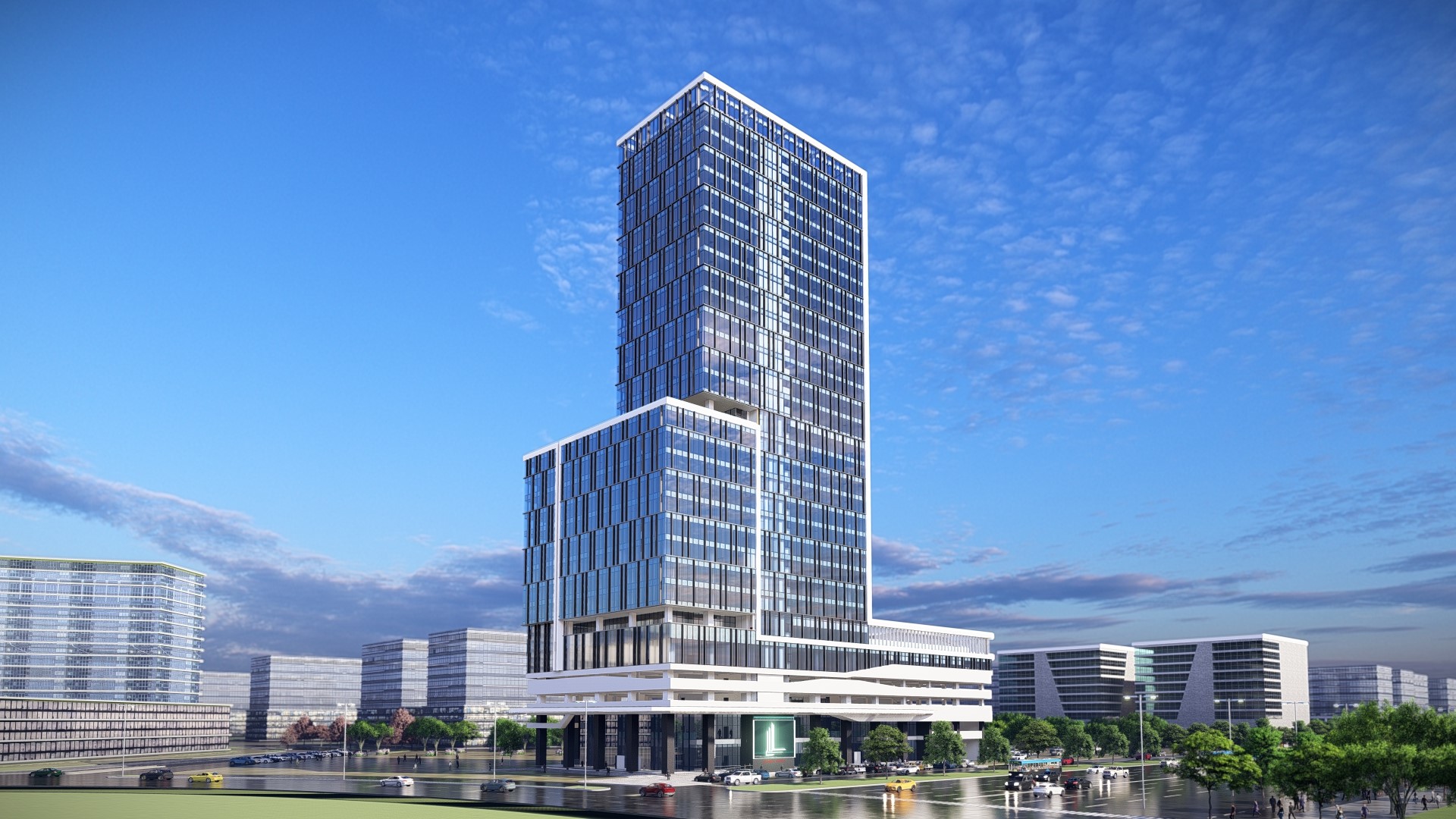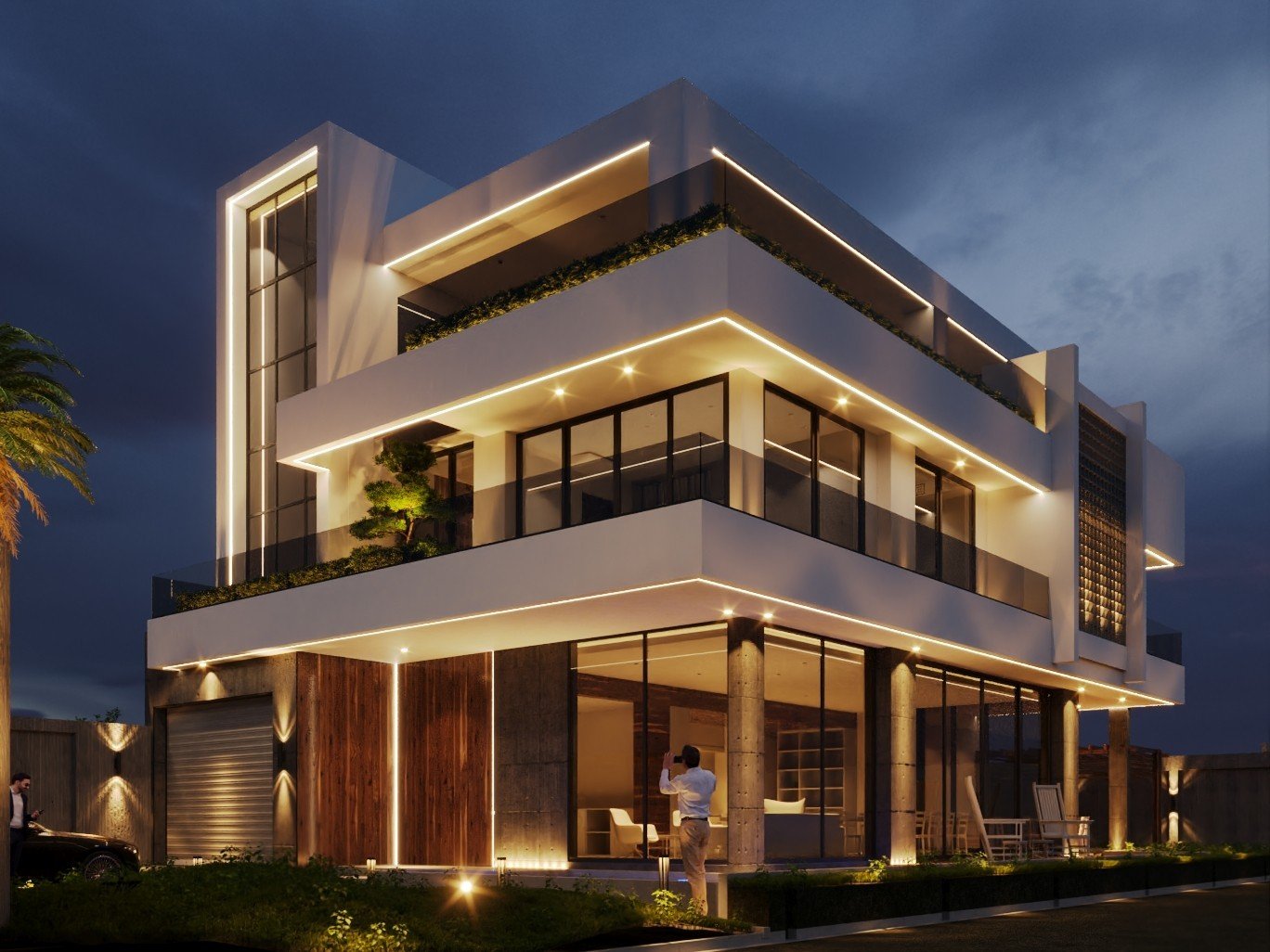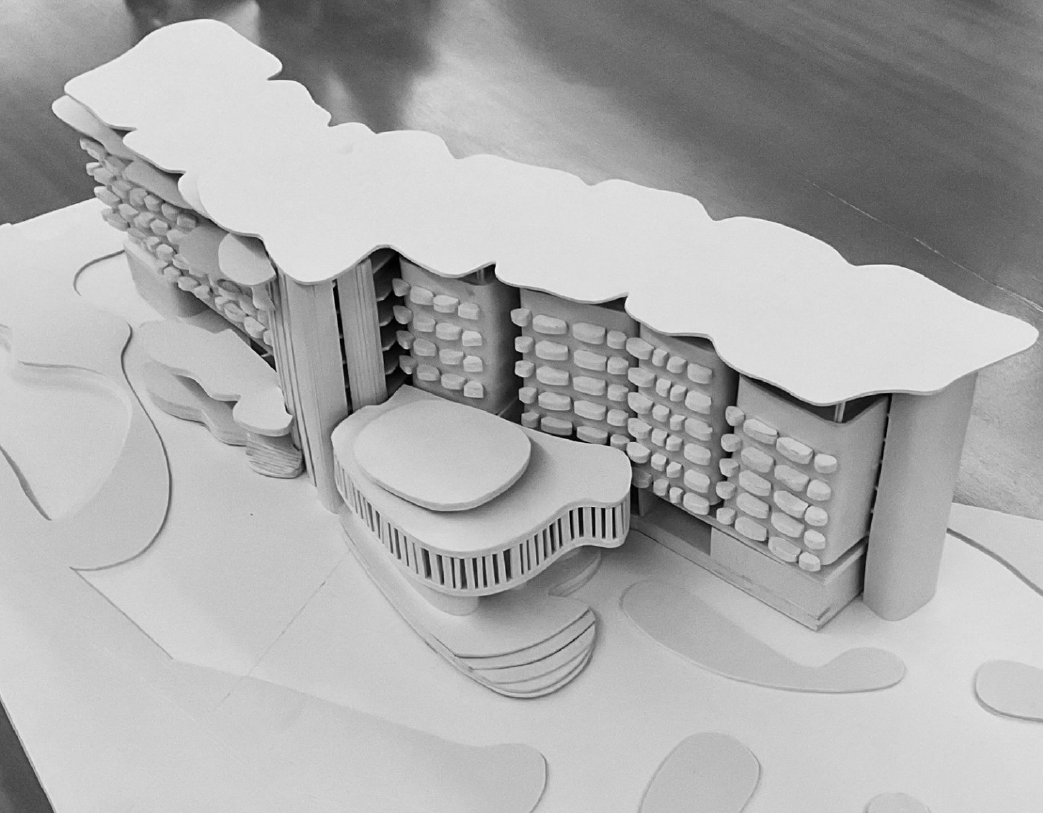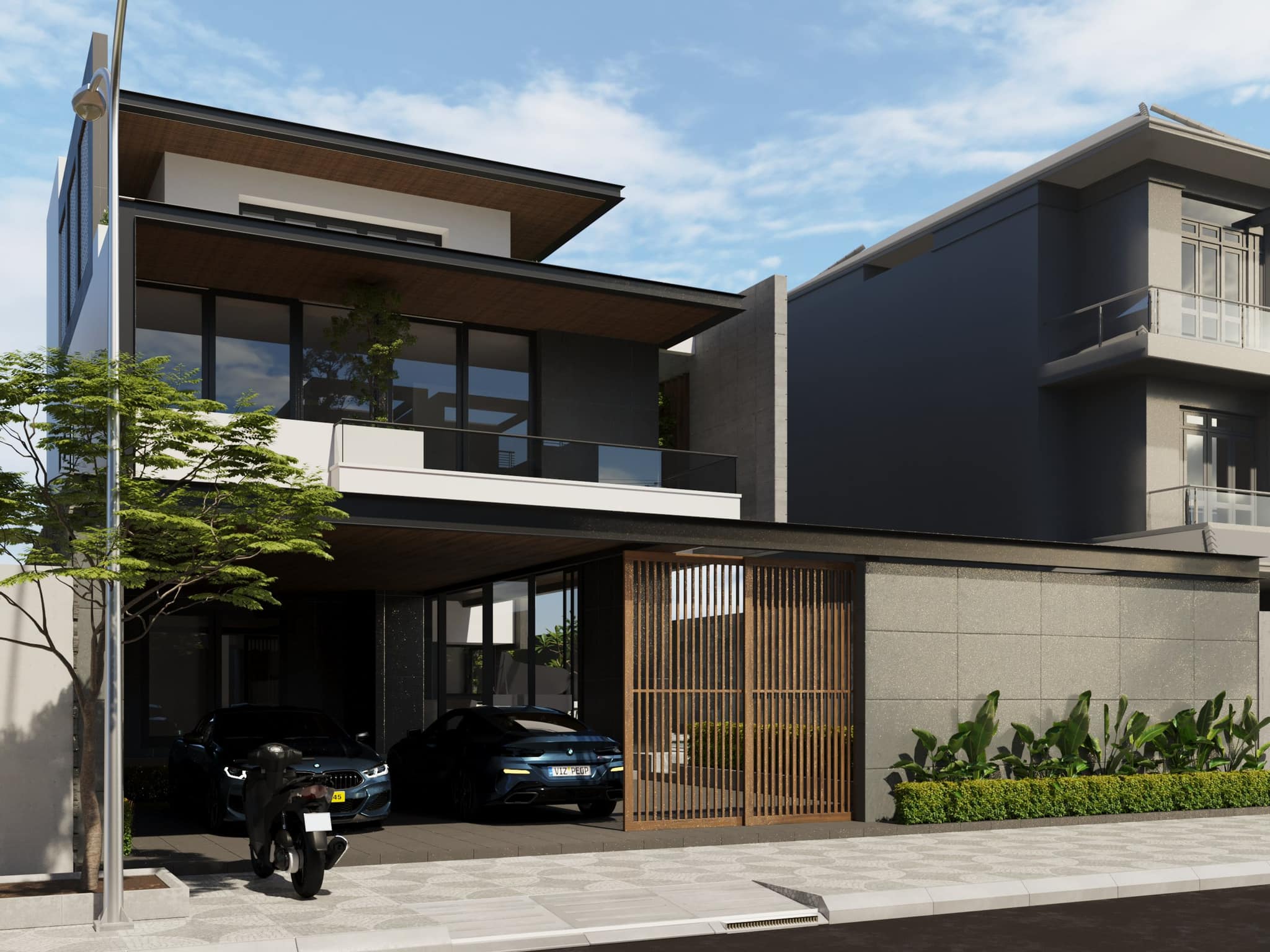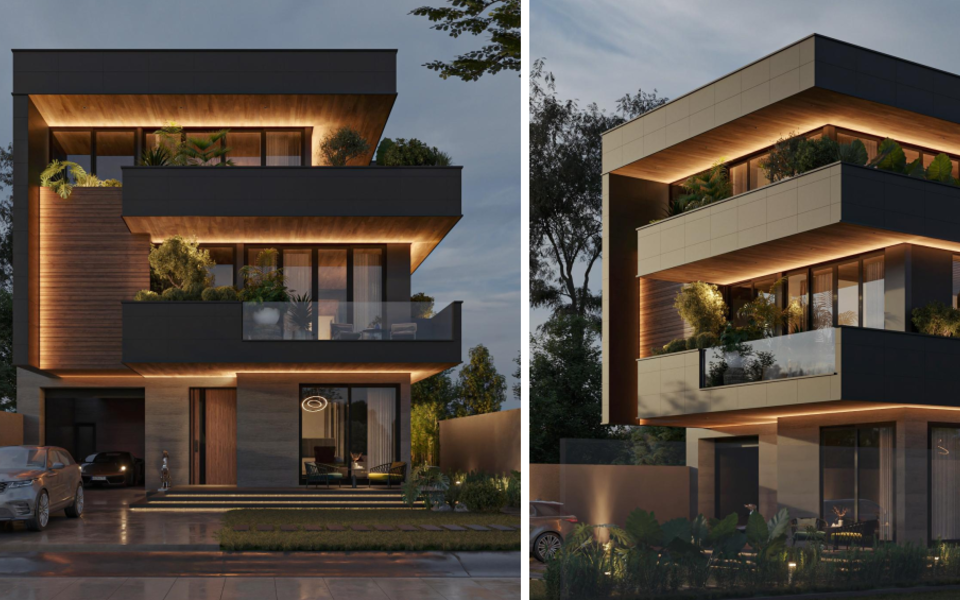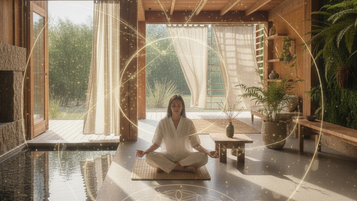Story of SAO-EE
Returning to Essence – Growing from Within
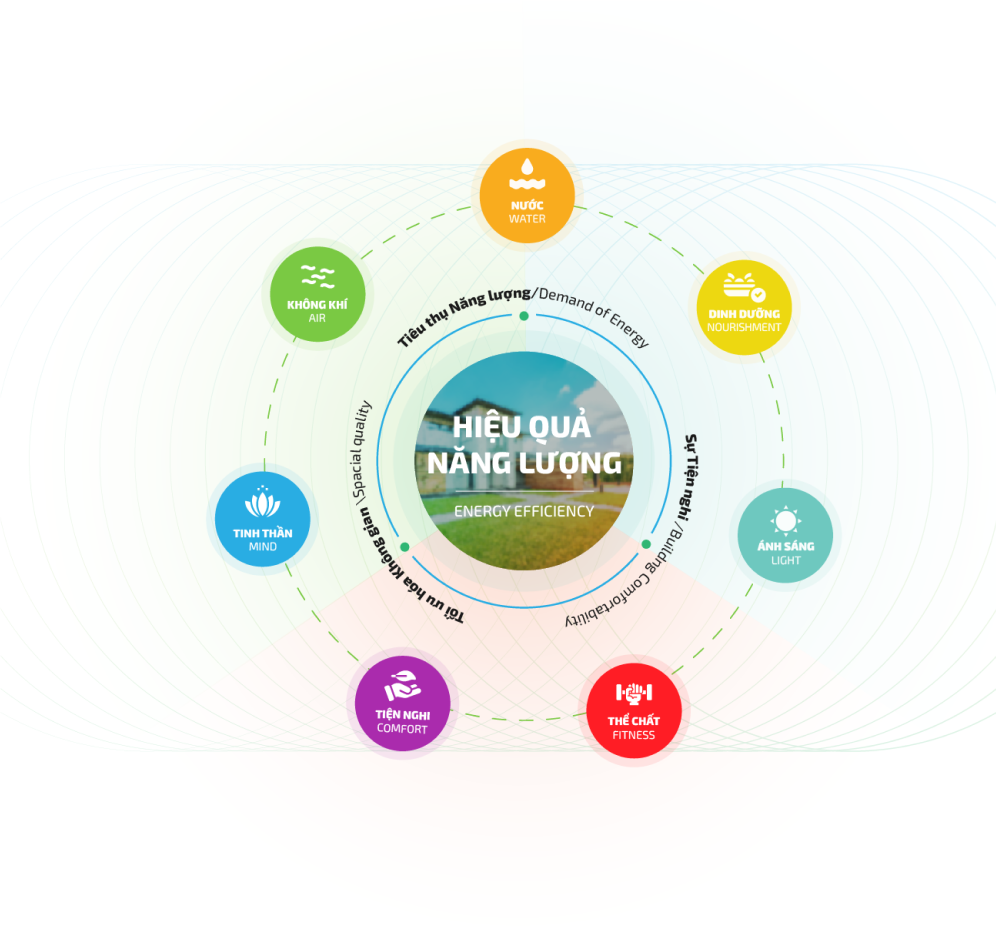
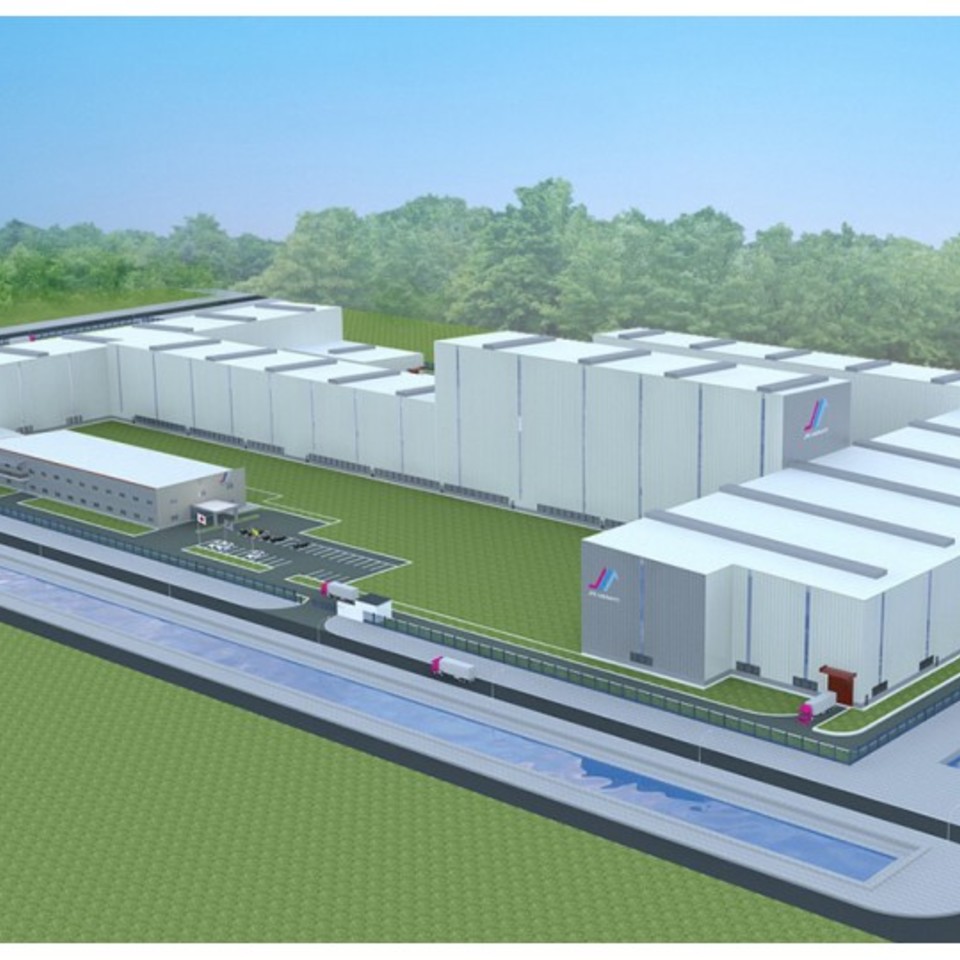
VENTMAPPING IS A PROCESS TAILORED TO THE CLIENT
Role of ventilation system in factory Ventilation system is an
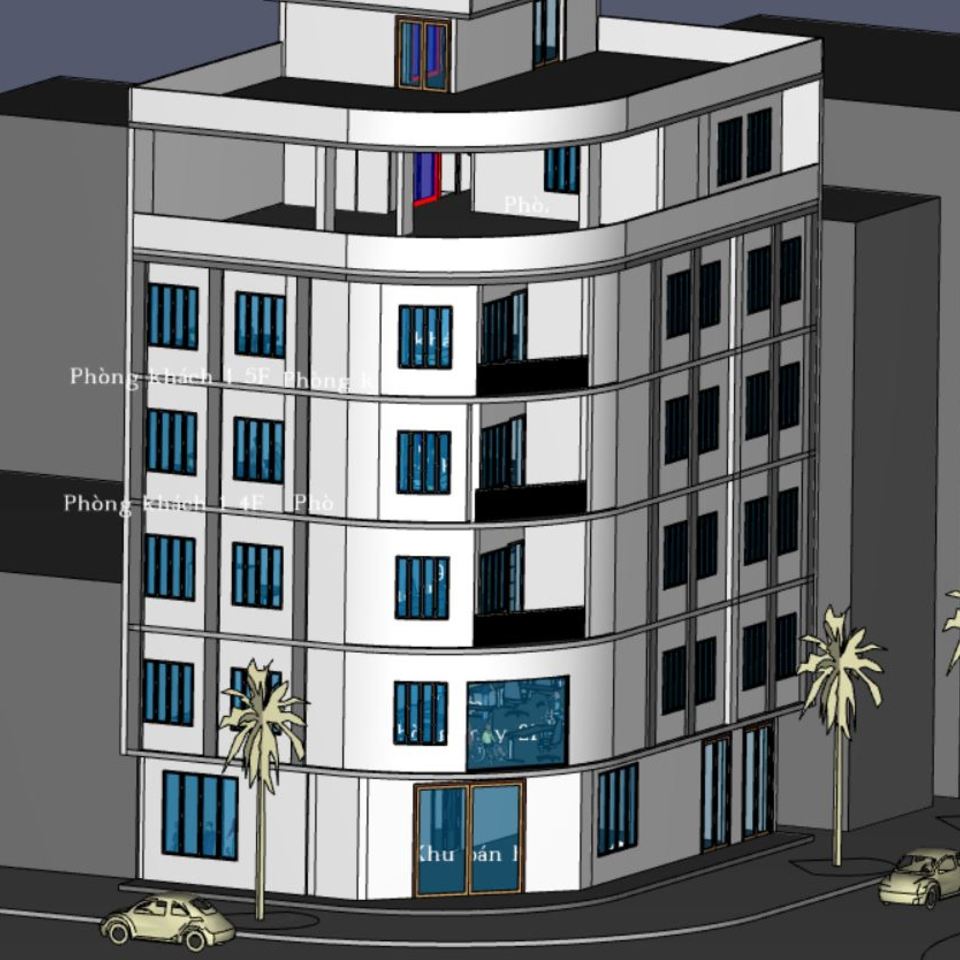
Fire and Evacuation Simulation
Evacuation simulation is a powerful tool that can help to
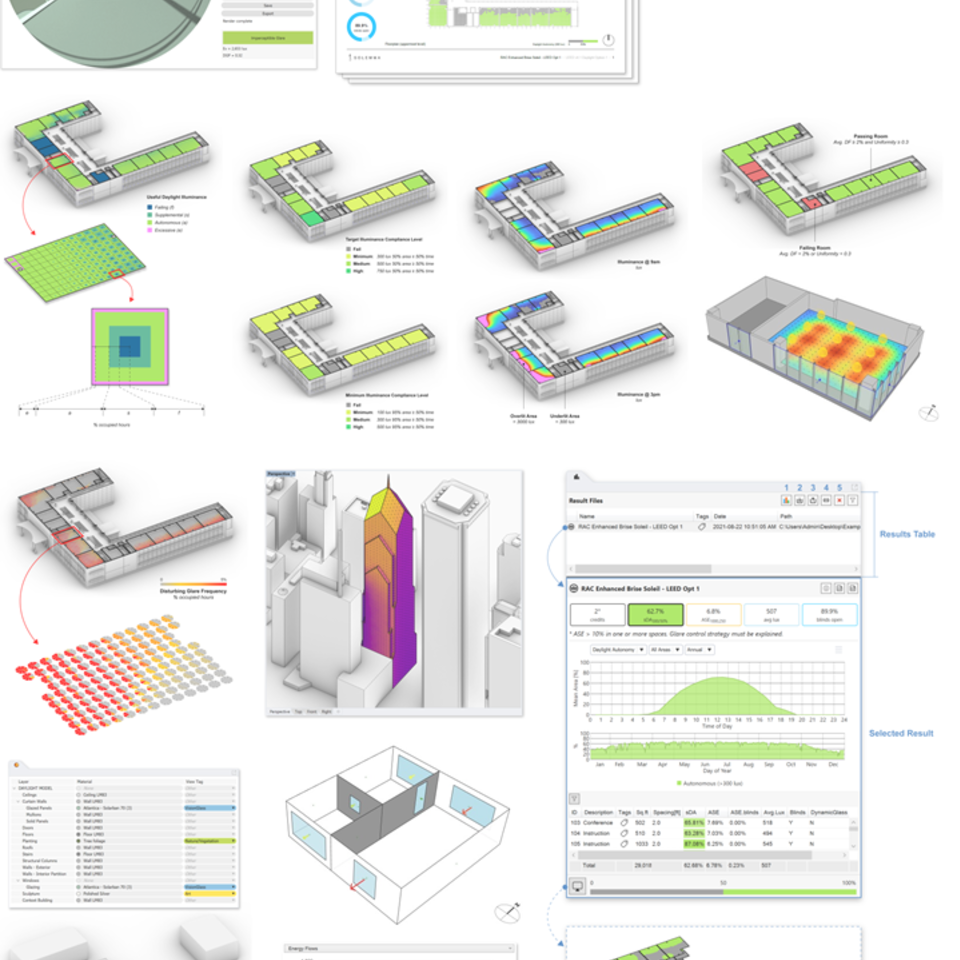
Comfortability Simulation
Simulation of Thermal, Visual, Indoor Air Quality, and Noise Comfort
PROJECTS
What is our work?
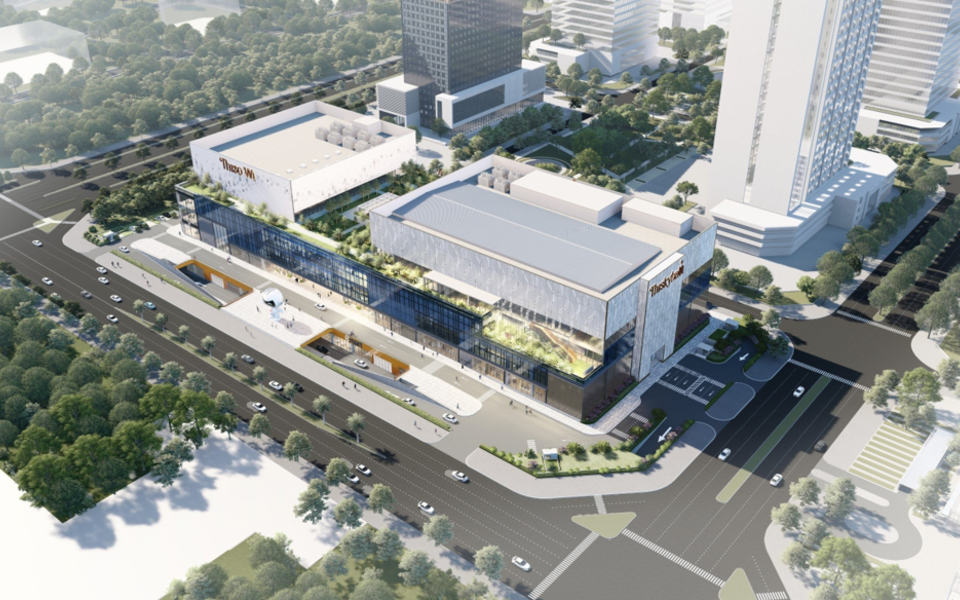
Tay Ho Tay Supermarket
Tây Hồ Tây- Hà Nội
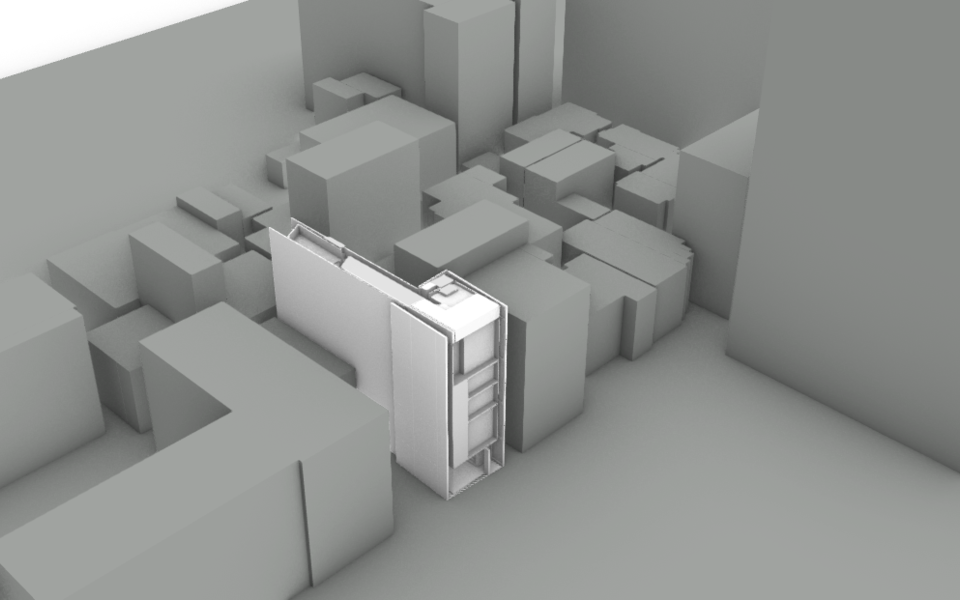
Tay Ho Apartment
Đặng Thai Mai, Tây Hồ, Hà Nội, Việt Nam
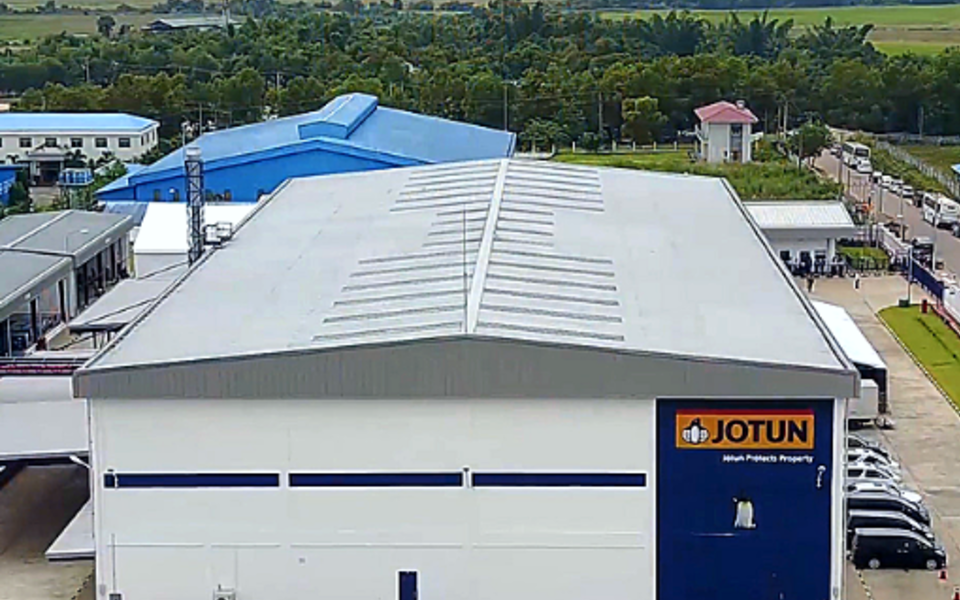
Powder Based Factory - JOTUN Paint
Binh Duong Province, Vietnam
NEWS
10 Innovative Ways to Use IAQ Data for Healthy Buildings
Closing the Gap Between Data and Action For forward-thinking organizations, improving Indoor Air Quality (IAQ) is a strategic priority. IAQ directly affects health, productivity, comfort,...
View detailDesigning the Mindful Home: From Matter to Energy
A mindful home is not merely a place to live — it is a conscious space, where every line, material, and beam of light is...
View detailBody – Mind – Qi: The Foundation of Healing Architecture
The home is not only a shelter for the body but also a space that nurtures the soul and life energy.In Eastern philosophy, a human...
View detail
